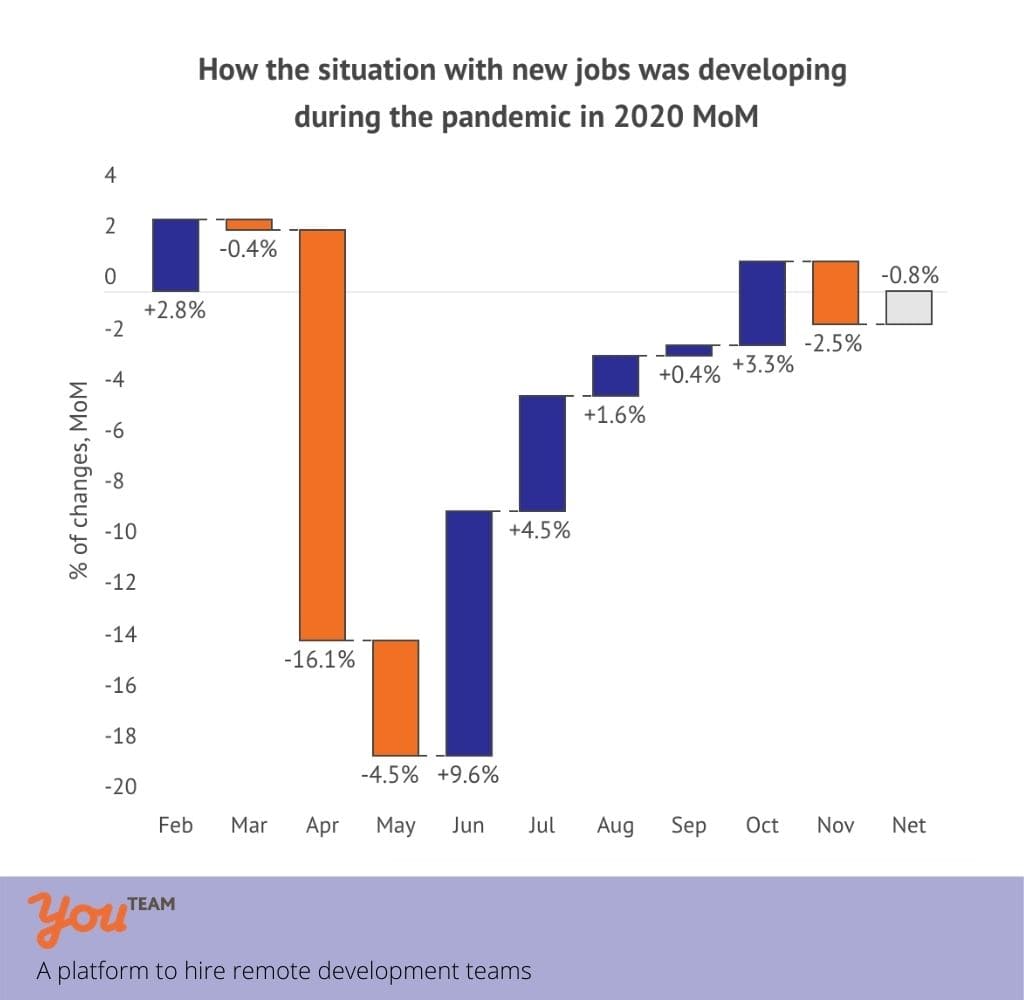The economic landscape of the United States has long been shaped by trade policies, and recent discussions among advisors to former President Donald Trump indicate a renewed focus on tariffs as a tool for addressing perceived trade imbalances. This group is working on a universal tariff plan that aims to create a more level playing field for American businesses. However, one significant change from previous tariff strategies is the introduction of a more flexible exemption process for certain industries and allied countries.
Historically, tariffs have been a contentious issue in U.S. trade policy, often leading to retaliatory measures from other nations. The proposed universal tariff plan seeks to impose a broad range of tariffs on imports, targeting products that are seen as detrimental to American manufacturing and economic interests. The rationale behind this strategy is to protect domestic industries from foreign competition, particularly in sectors that have struggled due to cheaper imports.
One of the key components of the new plan is the emphasis on flexibility. Unlike earlier approaches that applied blanket tariffs without consideration for specific circumstances, the revised strategy aims to allow for exemptions based on various factors. For example, industries that are heavily reliant on certain imported goods may be granted exemptions to avoid disrupting their operations. This could be particularly relevant for sectors such as technology and automotive manufacturing, where components are often sourced from international suppliers.
Furthermore, the proposal includes the possibility of granting exemptions to allied countries that have historically been strong trading partners with the United States. By doing so, the advisors hope to maintain positive diplomatic relations while still pursuing a robust tariff strategy. This nuanced approach may help mitigate some of the backlash that typically accompanies tariff implementation, as it seeks to balance protectionist measures with a commitment to international cooperation.
The advisors are also considering the economic implications of the proposed tariffs on consumers. While tariffs are intended to protect domestic industries, they can also lead to increased prices for consumers who rely on imported goods. The revised plan aims to address this concern by ensuring that any tariffs imposed are carefully calibrated to minimize the impact on American households. This consideration reflects a growing awareness of the interconnectedness of global supply chains and the potential consequences of unilateral trade actions.
As the advisors continue to refine their proposal, they are likely to engage with various stakeholders, including business leaders, economists, and policymakers. This collaborative approach aims to gather insights and feedback that can help shape a more effective tariff strategy. By involving a diverse range of perspectives, the advisors hope to create a plan that not only addresses trade imbalances but also fosters economic growth and stability.
It remains to be seen how this revised universal tariff plan will be received by the broader public and political landscape. Tariffs have historically been a polarizing issue, with strong opinions on both sides of the debate. Proponents argue that tariffs are necessary to protect American jobs and industries, while opponents contend that they can lead to higher prices and strained international relations. As discussions progress, it will be essential for the advisors to communicate the rationale behind their proposals and the expected outcomes.
In conclusion, the development of a new universal tariff plan by Trump’s advisors represents a significant shift in the approach to trade policy. By introducing a flexible exemption process and considering the implications for both industries and consumers, the proposal aims to strike a balance between protectionism and international cooperation. As the economic landscape continues to evolve, this revised strategy may play a crucial role in shaping the future of U.S. trade relations.



